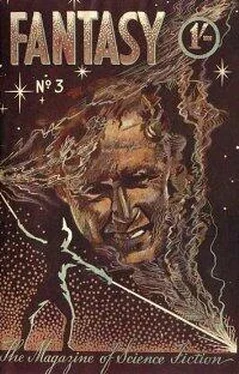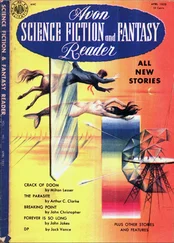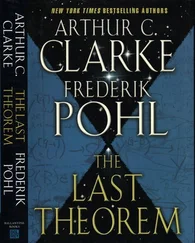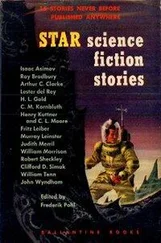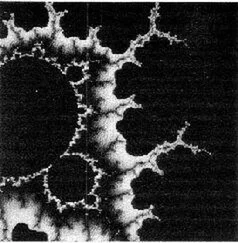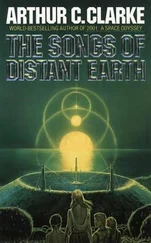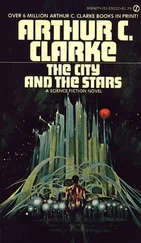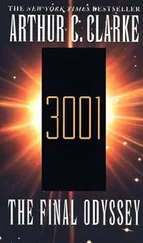Arthur Clarke - The Fires Within
Здесь есть возможность читать онлайн «Arthur Clarke - The Fires Within» весь текст электронной книги совершенно бесплатно (целиком полную версию без сокращений). В некоторых случаях можно слушать аудио, скачать через торрент в формате fb2 и присутствует краткое содержание. Год выпуска: 1947, Издательство: Temple Bar Pub. Co., Жанр: Фантастика и фэнтези, на английском языке. Описание произведения, (предисловие) а так же отзывы посетителей доступны на портале библиотеки ЛибКат.
- Название:The Fires Within
- Автор:
- Издательство:Temple Bar Pub. Co.
- Жанр:
- Год:1947
- ISBN:нет данных
- Рейтинг книги:4 / 5. Голосов: 1
-
Избранное:Добавить в избранное
- Отзывы:
-
Ваша оценка:
- 80
- 1
- 2
- 3
- 4
- 5
The Fires Within: краткое содержание, описание и аннотация
Предлагаем к чтению аннотацию, описание, краткое содержание или предисловие (зависит от того, что написал сам автор книги «The Fires Within»). Если вы не нашли необходимую информацию о книге — напишите в комментариях, мы постараемся отыскать её.
The Fires Within — читать онлайн бесплатно полную книгу (весь текст) целиком
Ниже представлен текст книги, разбитый по страницам. Система сохранения места последней прочитанной страницы, позволяет с удобством читать онлайн бесплатно книгу «The Fires Within», без необходимости каждый раз заново искать на чём Вы остановились. Поставьте закладку, и сможете в любой момент перейти на страницу, на которой закончили чтение.
Интервал:
Закладка:
The Fires Within
by Arthur C. Clarke
“This,” said Karn smugly, “will interest you. Just take a look at it!”
He pushed across the file he had been reading, and for the nth time I decided to ask for his transfer, or failing that, my own.
“What’s it about?” I said wearily.
“It’s a long report from a Dr Matthews to the Minister of Science.” He waved it in front of me. “Just read it!”
Without much enthusiasm, I began to go through the file. A few minutes later I looked up and admitted grudgingly: “Maybe you’re right—this time.” I didn’t speak again until I’d finished…
My dear Minister [the letter began]. As you requested, here is my special report on Professor Hancock’s experiments, which have had such unexpected and extraordinary results. I have not had time to cast it into a more orthodox form, but am sending you the dictation just as it stands.
Since you have many matters engaging your attention, perhaps I should briefly summarize our dealings with Professor Hancock. Until 1955, the Professor held the Kelvin which he was granted indefinite leave of absence to carry out Chair of Electrical Engineering at Brendon University, from which he was granted indefinite leave of absence to carry out his researches. In these he was joined by the late Dr Clayton, sometime Chief Geologist to the Ministry of Fuel and Power. Their joint research was financed by grants from the Paul Fund and the Royal Society.
The Professor hoped to develop sonar as a means of precise geological surveying. Sonar, as you will know, is the acoustic equivalent of radar, and although less familiar is older by some millions of years, since bats use it very effectively to detect insects and obstacles at night. Professor Hancock intended to send high-powered supersonic pulses into the ground and to build up from the returning echoes an image of what lay beneath. The picture would be displayed on a cathode-ray tube and the whole system would be exactly analogous to the type of radar used in aircraft to show the ground through cloud.
In 1957 the two scientists had achieved partial success but had exhausted their funds. Early in 1958 they applied directly to the government for a block grant. Dr Clayton pointed out the immense value of a device which would enable us to take a kind of X-ray photo of the Earth’s crust, and the Minister of Fuel gave it his approval before passing on the application to us. At that time the report of the Bernal Committee had just been published and we were very anxious that deserving cases should be dealt with quickly to avoid further criticisms. I went to see the Professor at once and submitted a favourable report; the first payment of our grant (5/543A/68) was made a few days later. From that time I have been continually in touch with the research and have assisted to some extent with technical advice.
The equipment used in the experiments is complex, but its principles are simple. Very short but extremely powerful pulses of supersonic waves are generated by a special transmitter which revolves continuously in a pool of a heavy organic liquid. The beam produced passes into the ground and “scans” like a radar beam searching for echoes. By a very ingenious time-delay circuit which I will resist the temptation to describe, echoes from any depth can be selected and so pictures of the strata under investigation can be built up on a cathode-ray screen in the normal way.
When I first met Professor Hancock his apparatus was rather primitive, but he was able to show me the distribution of rock down to a depth of several hundred feet and we could see quite clearly a part of the Bakerloo Line which passed very near his laboratory. Much of the Professor’s success was due to the great intensity of his supersonic bursts; almost from the beginning he was able to generate peak powers of several hundred kilowatts, nearly all of which was radiated into the ground. It was unsafe to remain near the transmitter, and I noticed that the soil became quite warm around it. I was rather surprised to see large numbers of birds in the vicinity, but soon discovered that they were attracted by the hundreds of dead worms lying on the ground.
At the time of Dr Clayton’s death in 1960, the equipment was working at a power level of over a megawatt and quite good pictures of strata a mile down could be obtained. Dr Clayton had correlated the results with known geographical surveys, and had proved beyond doubt the value of the information obtained.
Dr Clayton’s death in a motor accident was a great tragedy. He had always exerted a stabilizing influence on the Professor, who had never been much interested in the practical applications of his work. Soon afterwards I noticed a distinct change in the Professor’s outlook, and a few months later he confided his new ambitions to me. I had been trying to persuade him to publish his results (he had already spent over £50,000 and the Public Accounts Committee was being difficult again), but he asked for a little more time. I think I can best explain his attitude by his own words, which I remember very vividly, for they were expressed with peculiar emphasis.
“Have you ever wondered,” he said, “what the Earth really is like inside? We’ve only scratched the surface with our mines and wells. What lies beneath is as unknown as the other side of the Moon.
“We know that the Earth is unnaturally dense—far denser than the rocks and soil of its crust would indicate. The core may be solid metal, but until now there’s been no way of telling. Even ten miles down the pressure must be thirty tons or more to the square inch and the temperature several hundred degrees. What it’s like at the centre staggers the imagination: the pressure must be thousand of tons to the square inch. It’s strange to think that in two or three years we may have reached the Moon, but when we’ve got to the stars we’ll still be no nearer that inferno four thousand miles beneath our feet.
“I can now get recognizable echoes from two miles down, but I hope to step up the transmitter to ten megawatts in a few months. With that power, I believe the range will be increased to ten miles; and I don’t mean to stop there.”
I was impressed, but at the same time I felt a little sceptical.
“That’s all very well,” I said, “but surely the deeper you go the less there’ll be to see. The pressure will make any cavities impossible, and after a few miles there will simply be a homogeneous mass getting denser and denser.”
“Quite likely,” agreed the Professor. “But I can still learn a lot from the transmission characteristics. Anyway, we’ll see when we get there!”
That was four months ago; and yesterday I saw the result of that research. When I answered his invitation the Professor was clearly excited, but he gave me no hint of what, if anything, he had discovered. He showed me his improved equipment and raised the new receiver from its bath. The sensitivity of the pickups had been greatly improved, and this alone had effectively doubled the range, altogether apart from the increased transmitter power. It was strange to watch the steel framework slowly turning and to realize that it was exploring regions, which, in spite of their nearness, man might never reach.
When we entered the hut containing the display equipment, the Professor was strangely silent. He switched on the transmitter, and even though it was a hundred yards away I could feel an uncomfortable tingling. Then the cathode-ray tube lit up and the slowly revolving time-base drew the picture I had seen so often before. Now, however, the definition was much improved owing to the increased power and sensitivity of the equipment. I adjusted the depth control and focused on the Underground, which was clearly visible as a dark lane across the faintly luminous screen. While I was watching, it suddenly seemed to fill with mist and I knew that a train was going through.
Читать дальшеИнтервал:
Закладка:
Похожие книги на «The Fires Within»
Представляем Вашему вниманию похожие книги на «The Fires Within» списком для выбора. Мы отобрали схожую по названию и смыслу литературу в надежде предоставить читателям больше вариантов отыскать новые, интересные, ещё непрочитанные произведения.
Обсуждение, отзывы о книге «The Fires Within» и просто собственные мнения читателей. Оставьте ваши комментарии, напишите, что Вы думаете о произведении, его смысле или главных героях. Укажите что конкретно понравилось, а что нет, и почему Вы так считаете.
